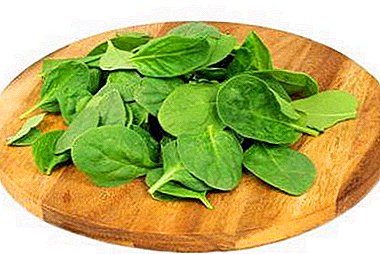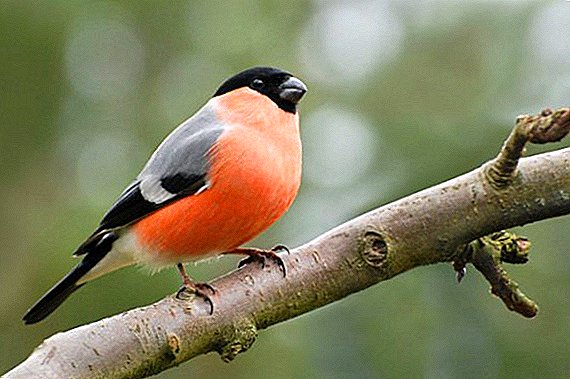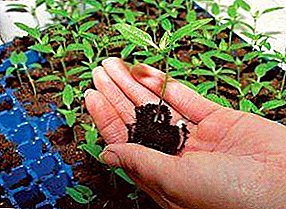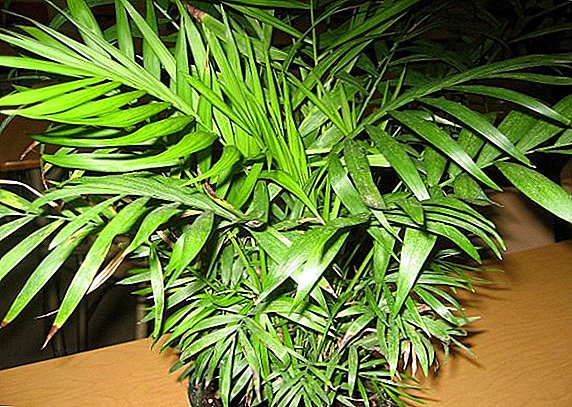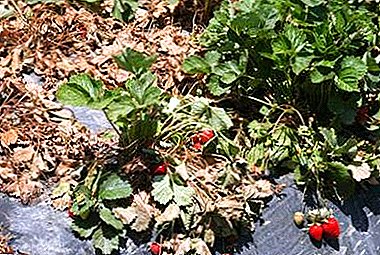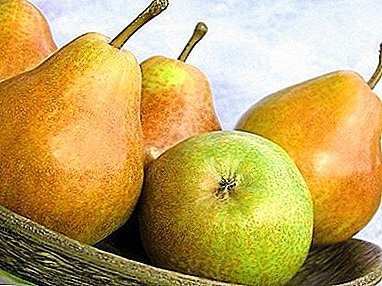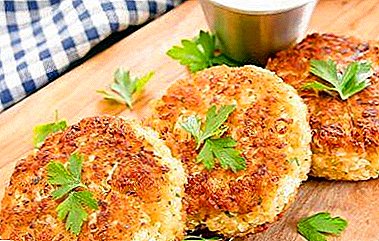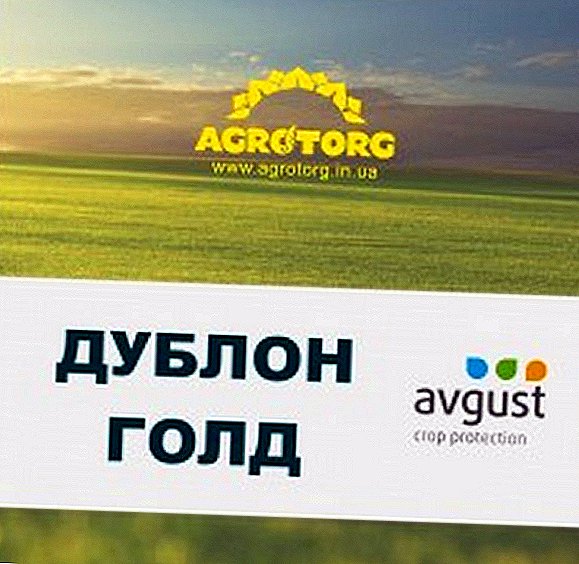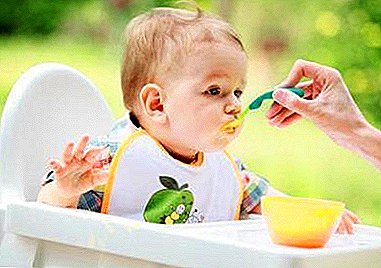
With the arrival of spring, parents are in a hurry to feed the kids with fresh country greens, but are all herbs equally useful?
Heard about the vitamin properties of parsley, dill, green onions and other dacha plants, we thoughtlessly add to them not quite harmless sorrel.
What is sorrel and from how many years can it be added to the child’s diet, and how is it useful for children? Is it possible to eat it to a one year old child and when can this product harm children's health? You will find the answers in this article.
Is it possible to give this grass to your baby?
The child's stomach and intestines (up to three years), due to their insufficient formation, difficult to perceive complex compounds, and sorrel contains a huge amount of minerals and salts.
From what age is it permissible to eat fresh and boiled product and can it be eaten up to 1 year and 2 years old?
According to most Russian pediatricians, sorrel babies can be given, but not earlier than 3 years, moreover, in very small quantities, and only when the child has no contraindications, which are written below.
Only young leaves, formed before flowering and emergence of shoots, should be used as food for babies. Children can eat sorrel no more than once or twice a week. Hurry to enter the grass in the diet is not necessary. You can start by adding a few leaves in the soup.
Upon reaching the age of 8, sorrel can be offered to children already fresh, for example, as a salad.
Chemical composition
Sorrel, properly introduced into the diet, not only diversifies the food with a pleasant sour taste, but also helps to increase the body's defense system, improve the appetite, and normalize digestion. The product is useful for anemia, and also has an analgesic effect.. Thanks to sorrel, children can more easily transfer emotional loads and stressful situations, improve sleep and well-being in general.
Sorrel is rich in vitamins (A, C, E, B1, B2, B5, B6, B9, C, K, PP, etc.), minerals (calcium, copper, zinc, potassium, magnesium, sodium, fluorine, manganese, molybdenum, etc.) and trace elements. In addition to oxalic acid, there are others: tannic, malic, citric. The caloric value of 100 grams of fresh sorrel is 22 kcal.
 100g of sorrel contains:
100g of sorrel contains:
- Water - 91.3 g.
- Proteins - 2.3 g.
- Fat - 0.4 g.
- Carbohydrates - 2.4 g.
- Organic acids - 0.7 g.
- Ash - 1.4 g.
- Dietary fiber (fiber) - 0.8 g.
Are there any contraindications or limitations?
There are contraindications to the use of sorrel, and there are a lot of them.:
- Too early introduction of the product into the baby’s food or excessive consumption leads to a violation of mineral metabolism.
Salts of oxalic acid precipitate in the urine, which can lead to the development of urolithiasis or other diseases.
- For the health and growth of children is very important intake and absorption in the body of a sufficient amount of calcium, and oxalic acid can be a serious obstacle along the way, removing calcium from the body.
- It is strictly forbidden to use sorrel with gallstone and urolithiasis already present in a child, gastritis, peptic ulcer disease, disorders of water-salt metabolism.
- Eating too much green will inevitably lead to osteoporosis.
Sorrel - known allergen. If the child is allergic, the use of sour grass can be started only after consulting a doctor. Also, a child may suffer from pollinosis - a seasonal exacerbation of allergies associated with the flowering of meadow plants.
How to apply depending on age?
Before the introduction of sorrel leaves in baby food, all adults should consider the following rules:
- Sorrel stored only in the refrigerator, no more than 2 days;
- wash the leaves before cooking;
- cook in enamel or cast iron;
- add sorrel at the very end of cooking;
- limit use (no more than 2 times a week);
- for children from 3 to 8 years old to cook soups, for older ones - first and second courses, appetizers, salads;
- Combine the use of sorrel with fermented milk products.
Step-by-step cooking recipes
In the diet of children, sorrel is widely used. It is added to omelets, salads, snacks, soups, broths, meat, cereal and vegetable dishes, jelly. From sorrel, the original baking filling is obtained.; it can be frozen, dried and canned.
Cream soup

- Water - 1 l.
- Potatoes - 3 pcs.
- Sorrel - 200 g
- Onions - 1 pc.
- Sour cream - 100 g
- Vegetable oil.
- Salt.
Cooking:
- Peel potatoes and onions, cut into cubes, fry in vegetable oil in a frying pan. Put a pot of water on the fire.
- As soon as the onions in the pan are reddened, lower the contents of the pan into the water, salt and cook until the potatoes are ready.
- Rinse and chop the leaves of sorrel. Add them when the potatoes are cooked.
- Bring to a boil, then grind using a blender until smooth, add sour cream. When serving, sprinkle with croutons or grated cheese.
Mashed potatoes

- Sorrel - 1 kg.
- Salt.
- Vegetable oil - 150 g.
Cooking:
- Rinse sorrel from dust, grind with meat grinder or blender, add salt to taste.
- Arrange in a container, pour oil, close tightly.
Green soup

- Water - 2 liters.
- Lean meat - 600 g
- Sorrel - 50 g
- Potatoes - 6 pcs.
- Onion - 1 pc.
- Egg - 4 pcs.
- Carrots - 1 pc.
- Parsley, dill - 50 g.
- Salt.
Cooking:
- Place the container with water and meat on the stove, bring to a boil, add salt and leave for 1.5 hours over low heat.
- Boil eggs hard-boiled, clean and rinse vegetables.
- Cut potatoes into cubes and add to the meat (after it has been cooked for 1.5 hours).
- Chop greens and onions, dice eggs, grate carrots, add to broth. Stir and cook for another 15 minutes.
We offer to watch a video on how to cook green borsch for a child:
Conclusion
Taking into account the recommendations on age, quantity and contraindications, using sorrel can easily and with health benefits to diversify the nutrition of children. Sorrel will help strengthen the immune system, improve digestion, reduce emotional stress.


